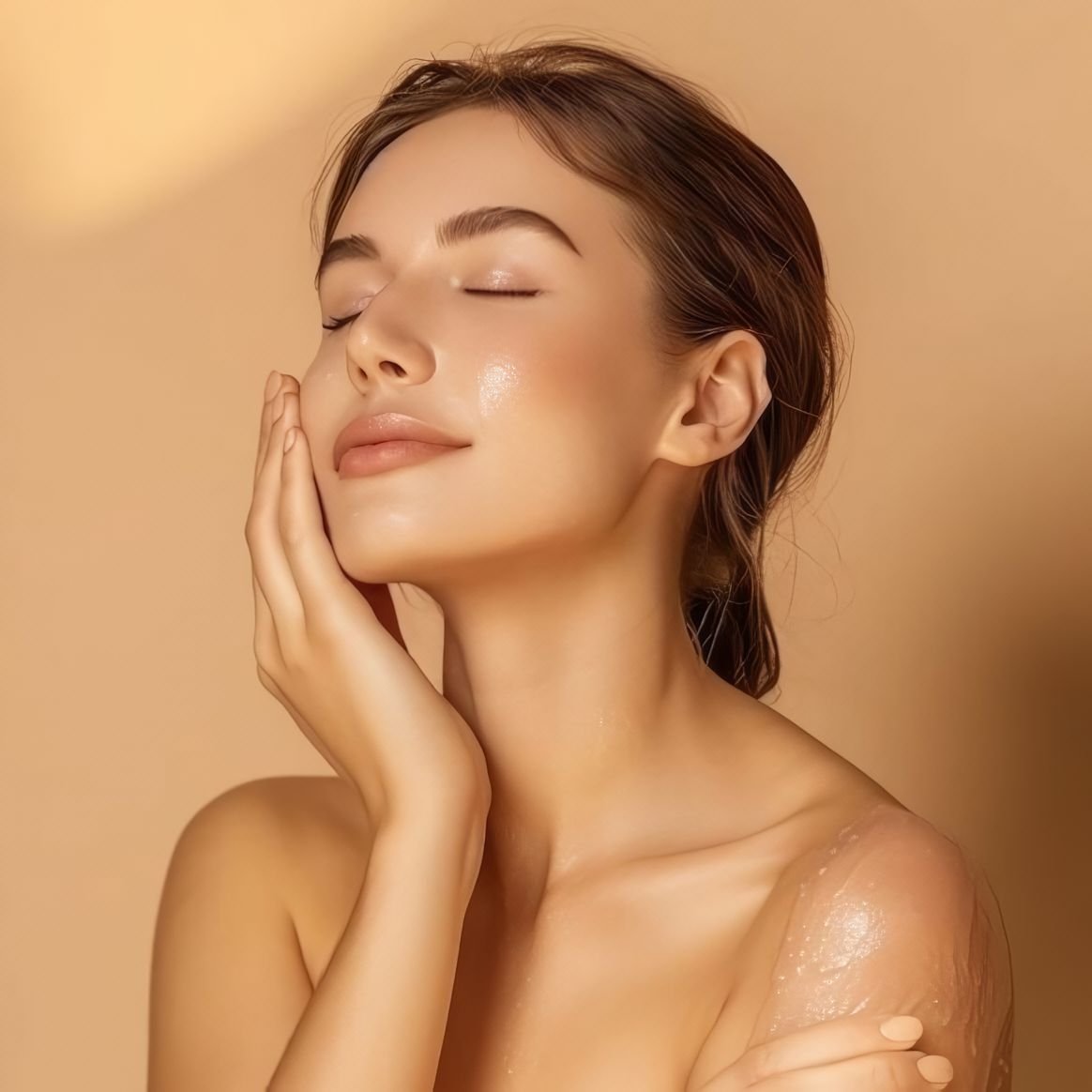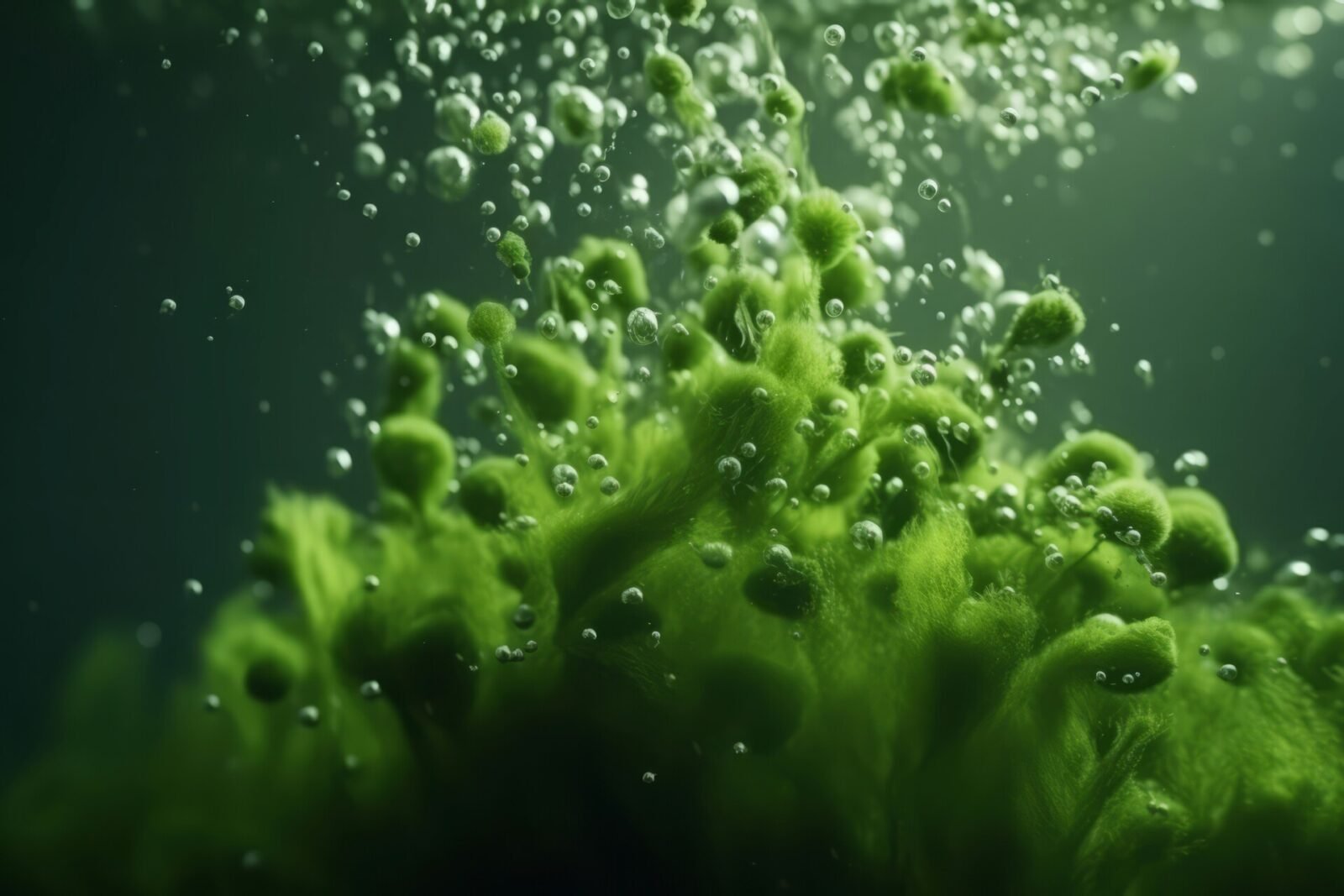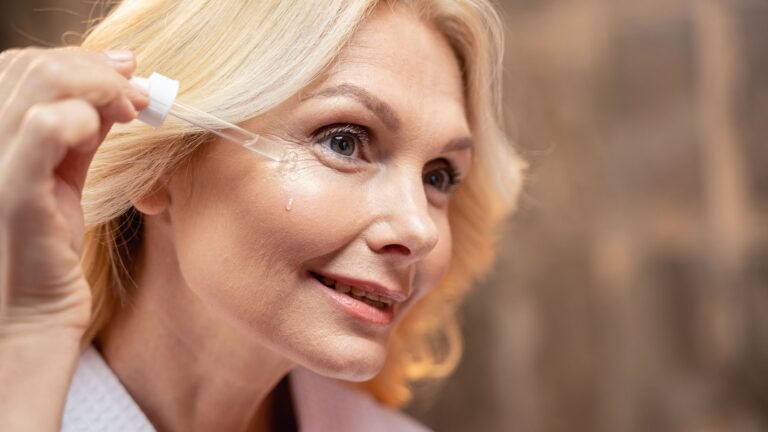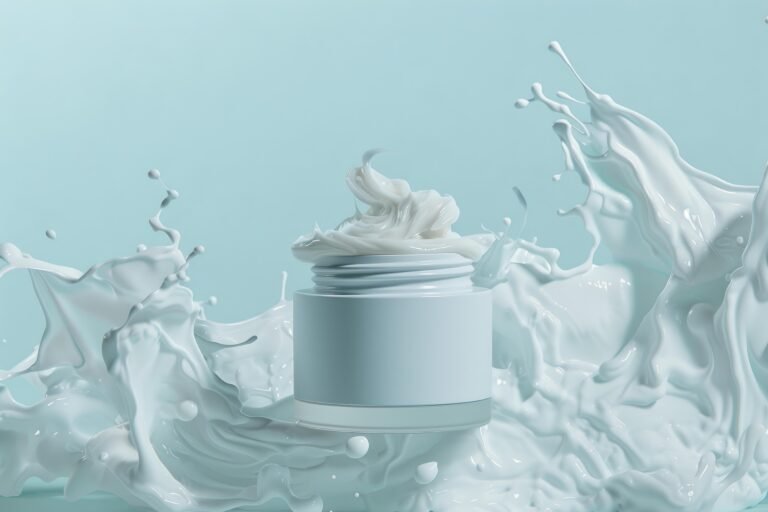Introduction
The skin’s barrier is crucial for maintaining hydration and protecting against external irritants. Ceramides are essential components in the skin’s lipid matrix, playing a key role in maintaining its function. However, the choice of ceramide type—whether NP, AP, or EOP—can significantly impact formulation effectiveness. Therefore, selecting the right ratio and pairing ceramides with complementary ingredients is critical for achieving optimal barrier repair and hydration.
This article outlines the differences between Ceramide NP, AP, and EOP and provides guidance on selecting the best ratios for your needs. Additionally, we will explore ingredients that can enhance ceramide effectiveness and further support the skin’s barrier function.
Ceramide NP, AP, and EOP: What’s the Difference?
Ceramides are fundamental for maintaining the skin’s protective layer. Ceramide NP (N-acylphytosphingosine), ceramide AP (N-acylsphingosine), and ceramide EOP (N-oleoylphytosphingosine) each have unique roles in skin health. For example, Ceramide NP integrates well with the skin’s lipid barrier, enhancing hydration and reducing TEWL (transepidermal water loss). On the other hand, Ceramide AP and EOP are more often used to improve skin elasticity and hydration.
Ceramide NP
Ceramide NP is a commonly used ceramide in skincare products. It has a fatty acid chain that allows it to integrate seamlessly into the skin’s lipid barrier. As a result, Ceramide NP is highly effective in improving hydration and reducing TEWL. Moreover, it is particularly beneficial for dry or damaged skin.
Ceramide AP
Ceramide AP has a shorter fatty acid chain, allowing it to be absorbed more readily by the skin. This absorption helps Ceramide AP enhance skin elasticity and moisture retention. Additionally, it has anti-inflammatory properties, making it ideal for soothing sensitive or irritated skin.
Ceramide EOP
Ceramide EOP is more flexible than other ceramides, thanks to its oleoyl group. This flexibility allows Ceramide EOP to form a more fluid and dynamic lipid matrix. It improves skin elasticity and texture. Furthermore, Ceramide EOP is effective in reducing fine lines and improving skin tone.
Choosing the Right Ratios of Ceramides for Barrier Repair
The optimal ratio of Ceramide NP, AP, and EOP depends on the skin’s specific needs. For instance, a typical ratio of 3:1:1 (Ceramide NP:AP:EOP) is often used for general barrier repair. However, for sensitive skin, a 2:2:1 ratio might be more appropriate for a gentler formula.
In contrast, for anti-aging formulations, a higher concentration of Ceramide EOP may be more beneficial. A 1:1:3 ratio can enhance elasticity and smoothness in mature skin. Thus, adjusting the ratios allows formulators to create tailored products for different skin concerns.
Supporting Ingredients for Barrier Repair
In addition to ceramides, other ingredients can help further support the skin barrier and improve hydration. These include fatty alcohols, ectoine, and hyaluronic acid.
Fatty Alcohols
Fatty alcohols, such as cetyl alcohol and stearyl alcohol, play a crucial role in stabilizing emulsions and improving skin barrier function. Moreover, they act as occlusive agents, preventing water loss and enhancing the texture of skincare products.
Ectoine
Ectoine is a naturally occurring molecule that protects skin cells from environmental stressors. Additionally, ectoine helps preserve the skin’s hydration and prevents the breakdown of ceramides, making it an excellent addition to barrier-repair formulations.
Hyaluronic Acid
Hyaluronic acid is a humectant that attracts moisture into the skin. In addition, hyaluronic acid works alongside ceramides to retain hydration in the skin’s outer layers, keeping it smooth, plump, and hydrated.
Testing and Validation for Ceramide-Based Products
To ensure that ceramide-based products deliver the desired results, proper testing is essential. Common tests include:
- TEWL (Transepidermal Water Loss): Measures the skin’s ability to retain moisture after product application.
- Corneometry: Assesses hydration levels in the outermost layer of the skin.
- Colorimetry: Quantifies skin tone and pigmentation, validating claims of brightening and evening tone.
- Patch Testing: Evaluates the potential for irritation.
Formulation Example: Ceramide-Infused Moisturizer
- Ceramide NP – 3 %
- Ceramide AP – 1 %
- Ceramide EOP – 1 %
- Fatty Alcohol (Cetyl Alcohol) – 2 %
- Ectoine – 0.5 %
- Hyaluronic Acid – 0.5 %
- Glycerin – 4 %
- Preservative – 1 %
- Water – balance to 100 %
This formula provides deep hydration, strengthens the skin’s barrier, and restores elasticity. Moreover, the product passes TEWL and corneometry tests, proving its effectiveness in improving skin hydration and reducing water loss.
Regulatory and Marketing Considerations
In both the U.S. and EU, claims related to skin barrier repair must be substantiated with clinical data. Claims like “restores skin’s natural barrier” or “reduces TEWL” are acceptable when properly tested.
Compliant Claim Examples
- “Helps restore and maintain skin’s natural barrier.” ✅
- “Improves skin hydration and reduces water loss.” ✅
- “Rejuvenates and strengthens the skin’s protective layer.” ✅
- “Restores skin’s elasticity and smoothness.” ✅
- “Repairs deep skin layers.” ❌ (medical claim)
Summary & Key Takeaways
- Ceramide NP, AP, and EOP offer unique benefits for barrier repair, skin elasticity, and hydration.
- Maleate and succinic acid enhance the stability and efficacy of ceramide-based formulations.
- Fatty alcohols, ectoine, and hyaluronic acid work synergistically with ceramides to improve hydration and skin barrier function.
- Testing methods such as TEWL, corneometry, and colorimetry validate the effectiveness of ceramide-based products.
- Regulatory compliance and proper claims substantiation are vital for marketing ceramide-based products.
Next Steps for Chemists
To design effective ceramide-based formulations, balance different ceramide types based on the skin’s needs. Then, integrate supporting ingredients like fatty alcohols and hyaluronic acid to enhance the product’s performance. For more advanced ceramide systems, visit the Grand Ingredients Product Center or Request a Sample for lab testing.
References
- ISO 11930 (2023). “Evaluation of the Antimicrobial Protection of a Cosmetic Product.”
- USP <51> (2024). “Antimicrobial Effectiveness Testing.”
- Hughes, J. L. et al. (2024). “Innovative Methods in Cosmetic Claims Studies.” *J. Cosmet. Sci.*
